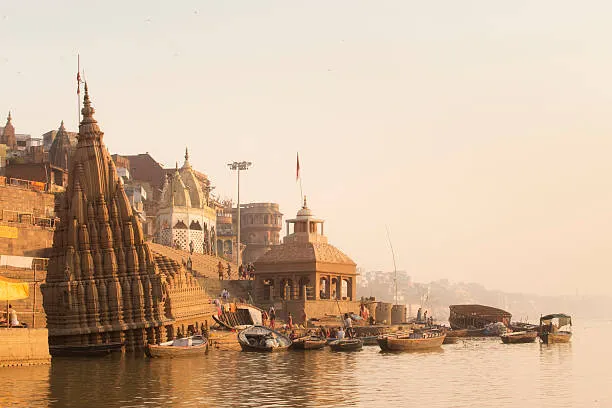India, a land of vibrant diversity, is home to numerous rivers that have played a crucial role in shaping its history, economy, and culture. These majestic waterways not only provide sustenance to millions of people but also support agriculture, industry, and commerce. From the mighty Ganges to the serene Brahmputra, each river has its unique characteristics, significance, and importance. In this article, we will go on a journey to explore the major rivers of India and their impact on the country.
The Ganges: The Lifeline of India
The Ganges, also known as the Ganga, is one of the most iconic and revered rivers in India. Considered sacred by Hindus, the Ganges originates from the Gangotri Glacier in the Himalayas and flows for approximately 2,510 kilometers before emptying into the Bay of Bengal. The Ganges is the primary source of drinking water and irrigation for millions of people, supporting a population of over 500 million. The river’s banks are home to numerous sacred cities, including Varanasi and Haridwar, which are considered the spiritual heart of India.
The Indus: The Forgotten Giant
The Indus River, also known as the Sindhu, is another significant river in India. Although it borders Pakistan, the Indus still has a substantial impact on Indian culture and economy. With a length of over 3,180 kilometers, the Indus originates from the Himalayas and flows through the states of Jammu and Kashmir, Punjab, and Gujarat before emptying into the Arabian Sea. The Indus has played a crucial role in the development of ancient civilizations, including the Indus Valley Civilization, which was one of the earliest urban civilizations in the world.
The Brahmaputra: The Amazon of Asia

The Brahmaputra River, also known as the Jamuna, is one of the longest rivers in India. Originating from the Tibetan Plateau, the Brahmaputra flows for approximately 2,900 kilometers before emptying into the Bay of Bengal. The Brahmaputra is often referred to as the “Amazon of Asia” due to its massive size and impact on the region’s ecosystem. The river supports a vast array of flora and fauna, including rare species such as the elephant and the rhino.
The Krishna and the Godavari: The Twin Rivers of Southern India
The Krishna and the Godavari are two of the most important rivers in southern India. The Krishna River, which originates from the Western Ghats, flows for approximately 1,400 kilometers before emptying into the Bay of Bengal. The Godavari River, which originates from the Western Ghats, flows for approximately 1,400 kilometers before emptying into the Bay of Bengal. Both rivers have played a significant role in the development of agriculture and industry in the region, and their banks are home to numerous historical and cultural landmarks.
India’s major rivers have played a vital role in shaping the country’s history, culture, and economy. From the mighty Ganges to the serpentine Brahmaputra, each river has its unique characteristics, significance, and importance. These majestic waterways provide sustenance, support agriculture and industry, and support millions of people. As India continues to grow and develop, it is essential to recognize the importance of these rivers and work towards their conservation and preservation for future generations.


